The History of Bridge Development
The History of Bridge Development
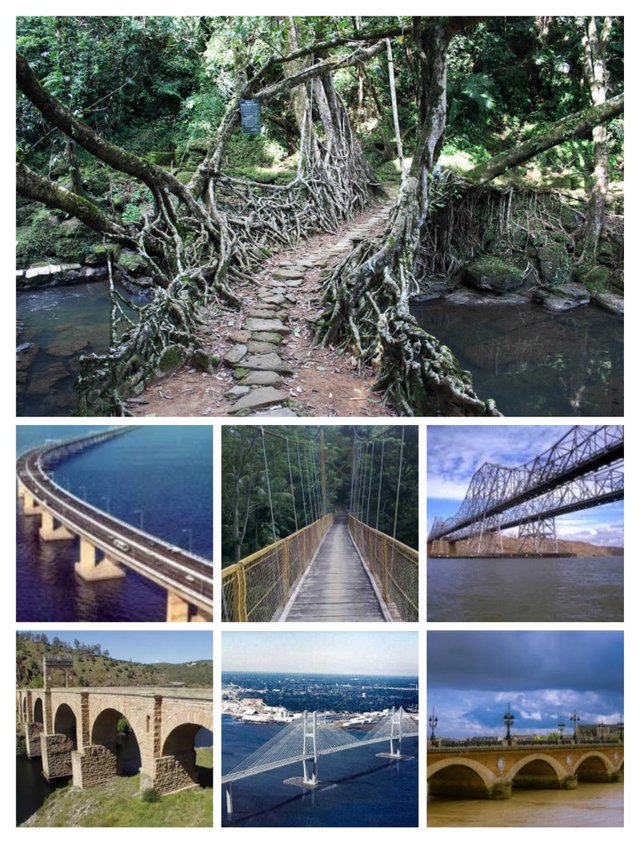
The bridge is a structure that crosses rivers, bays, or other conditions of lower obstacles, allowing vehicles, trains and pedestrians to pass smoothly and safely. If the bridge is above the usual traffic road then it is usually called viaduct.
The bridge can be said to have a balancing function of the transportation system, because the bridge will be the volume and heavy traffic controller that can be served by the transportation system. If the width of the bridge lacks the number of trails required by traffic, the bridge will impede the traffic rate. The structure of the bridge can be distinguished into the top (super structure) which consists of deck or deck, floor system, and main frame of girder or girder, and the bottom (sub-structure) consisting of pier or supporting center, column, foundation foot ( footing), foundation piles and abutments. Super structure supports horizontal distance above ground level.
As part of transportation, especially land transportation, bridge technology is developing in line with human confrontation. And until now the field of bridge technology is very advanced. But progress is experienced begins with the process of "cut and try".
It can be said that the idea of bridge technology emerges from the experience of human life. For example, human experience in which trees falling across the river at the time of flood, can be dimamafatkan for crossing. Or another natural example that can bear the idea of a suspension bridge is the crossing of animals or mausia by using the roots of trees from one tree to another.
Practical experience of human life in overcoming nature, supported by the knowledge of the sciences of style, gave birth to the technology of the bridge is increasingly advanced day. This we can see and meet in today's reality, where bridge technology is very advanced.
As the previous description, the development of bridge technology begins with the cut and try process. Furthermore, by empirical method, made some intelligence minds about the strength of materials in building bridges.
The development of seven:
Ancient Age Bridge
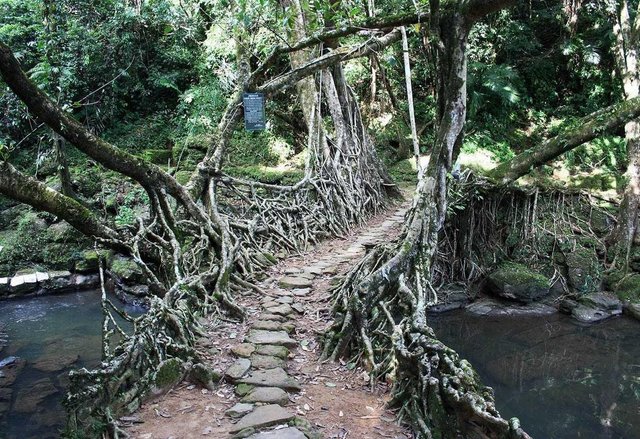
In ancient times the bridge has not been recognized as a work. in this period early humans crossed the river by using fallen logs.
Ancient Roman Bridge
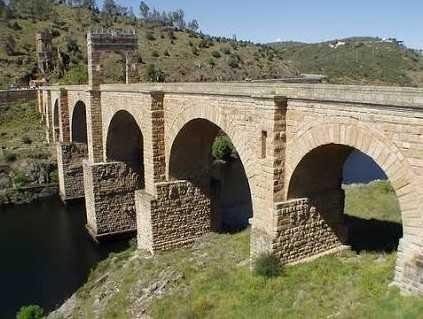
The ancient Roman period began in 300 BC and lasted for 600 years. The Romans were the first bridge experts. The bridges they make include Stone bridges and concrete bridges and they make with arch shape (arch).
To build the pillars in the middle of the river, the Romans used Cofferdam.
Medieval Bridge
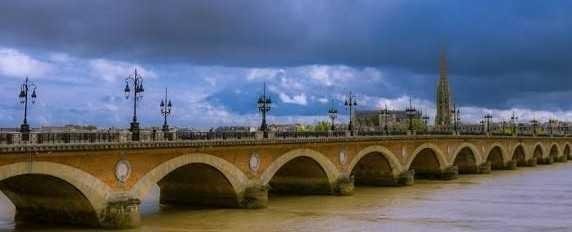
The middle ages of Europe lasted from the 11th century to the 16th century. Around the 12th century in France was built Avignon bridge, the shape used is an elliptical arch whose peak is made thinner. This principle is now known as "Streamlining".
Bridge of Iron and Steel
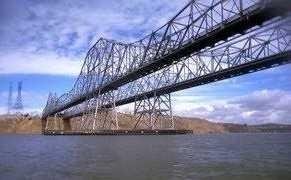
The Iron and Steel bridge began to be used in line with the Industrial Revolution. The first Iron Bridge concept mimics the concept of a stone bridge. The first iron bridge is the Coalbrookdale bridge (UK). Coalbrookdale Bridge is semicircular.
The Age of the Hanging Bridge
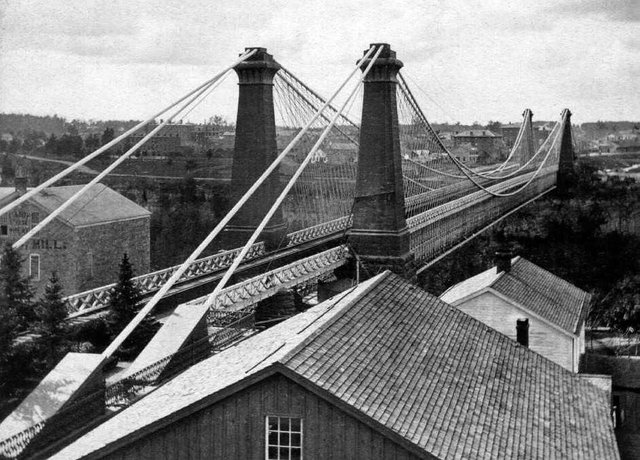
The largest suspension bridge in the 18th century is the Menai Straits bridge (England) built in 1825. This bridge is still using the stone tower as its pillars.
The progress of the suspension bridge begins with the construction of the Niagara (USA) hanging bridge built in 1851.
The use of steel cable (Wire Steel) replaces the first iron cable used in the world on the Brooklyn Bridge.
Age Bridge Cable Stayed
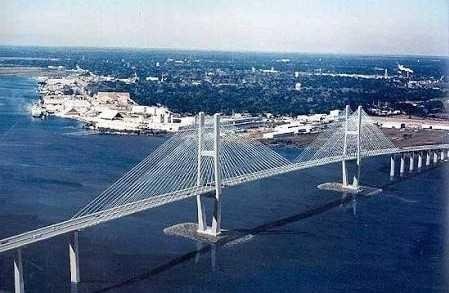
For more than 3 decades, cable stayed bridges were used in Europe. This bridge has a better advantage than the Hanging bridge.
The Age of the Concrete Bridge
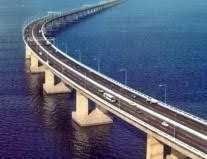
Concrete bridge became popular since 1865. The longest stretch ever achieved using reinforced concrete girder is 78 meters.
The longest curved concrete bridge ever made is the Sedney Arch Bridge (300 meters). A similar form was built in Sweden in 1943, the Sando bridge.
We are succinct from link source.
http://riyanbennysukmara.blogspot.co.id/2012/06/jembatan-jilid-1-sejarah-dan.html?m=1
https://sites.google.com/site/kisaranteknik/assignments/jembatan

Congratulations! This post has been upvoted from the communal account, @minnowsupport, by Zulfakar from the Minnow Support Project. It's a witness project run by aggroed, ausbitbank, teamsteem, theprophet0, someguy123, neoxian, followbtcnews, and netuoso. The goal is to help Steemit grow by supporting Minnows. Please find us at the Peace, Abundance, and Liberty Network (PALnet) Discord Channel. It's a completely public and open space to all members of the Steemit community who voluntarily choose to be there.
If you would like to delegate to the Minnow Support Project you can do so by clicking on the following links: 50SP, 100SP, 250SP, 500SP, 1000SP, 5000SP.
Be sure to leave at least 50SP undelegated on your account.